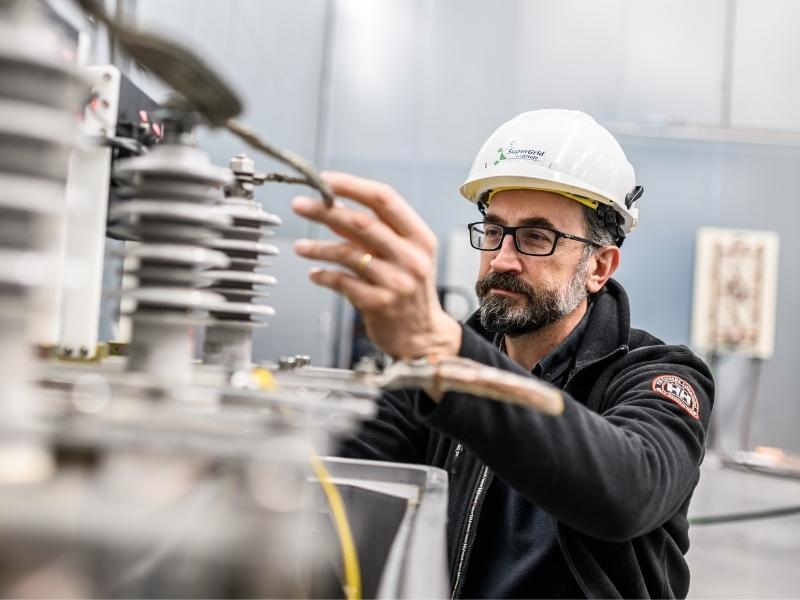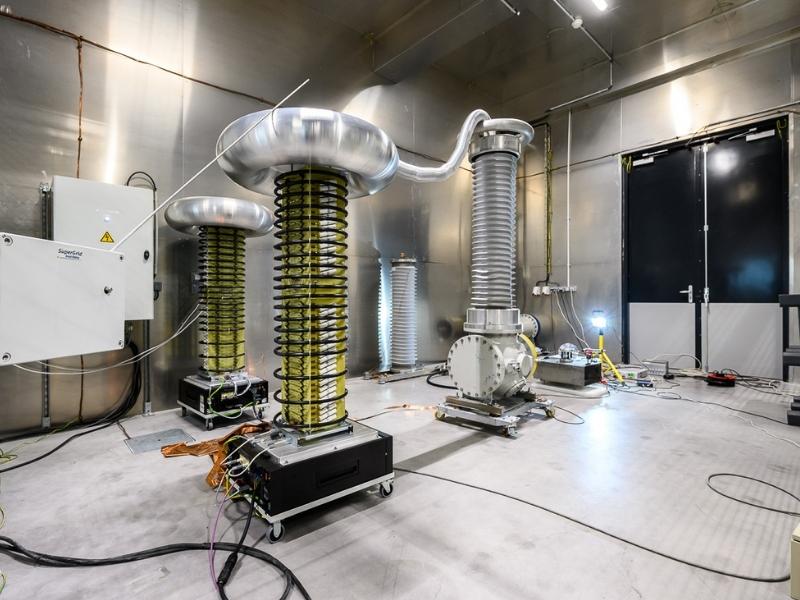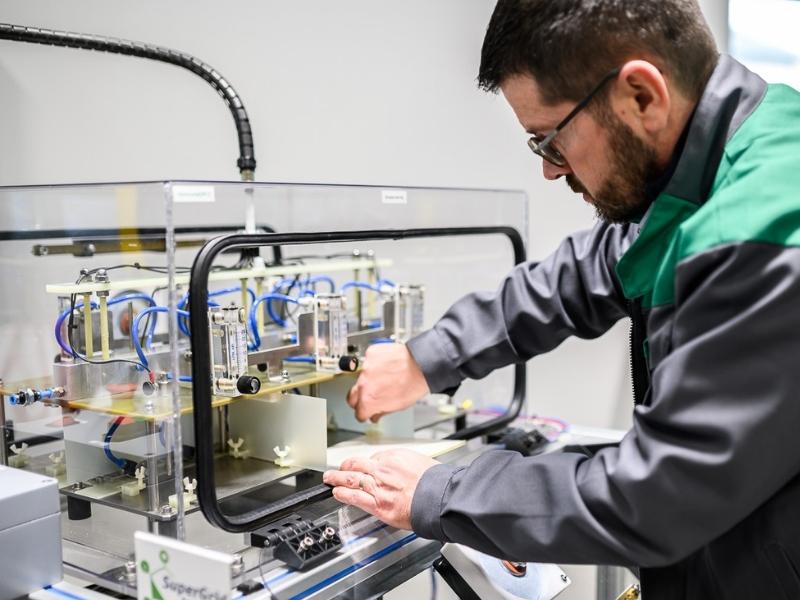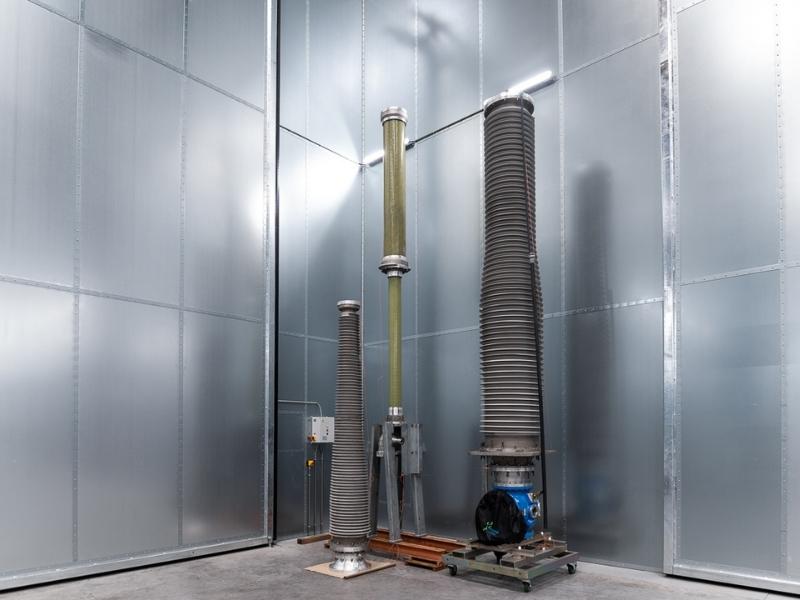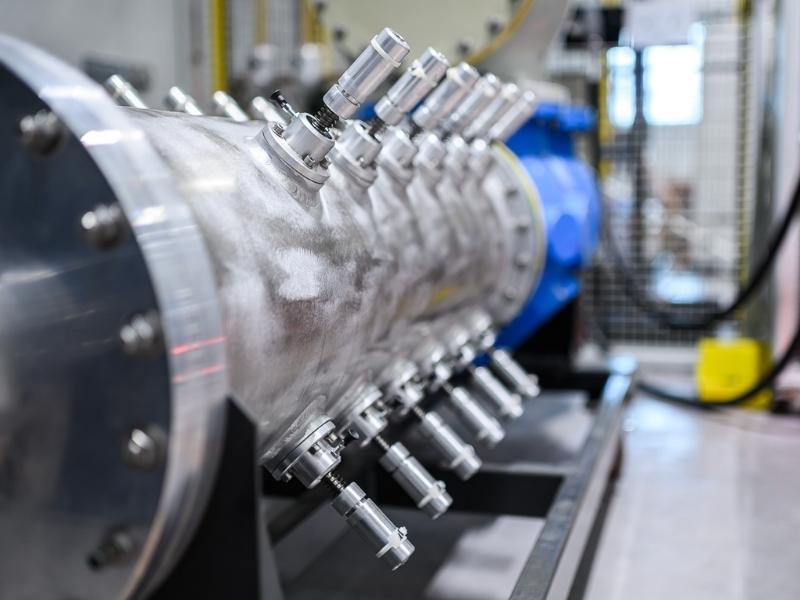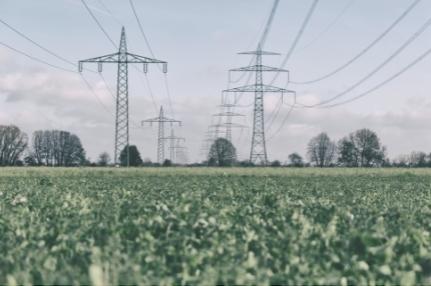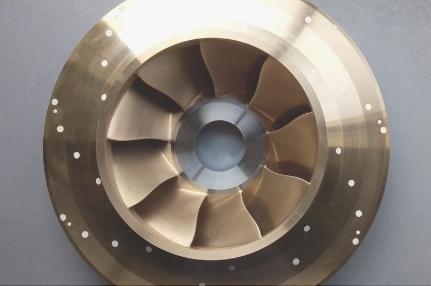High Voltage Substation Equipment

“In the High Voltage Substation Equipment research department, we respond to the constraints of DC networks whilst respecting the environment.”
Alain Girodet, Department Director – High Voltage Substation Equipment
We develop substation technologies to respond to the constraints of future DC networks as well as those of current AC networks. This includes using circuit breakers to clear fault currents from meshed DC networks, as well as developing interconnection nodes to transfer energy. Our circuit breaker technologies and protection strategies are designed to reduce the cost of infrastructure and preserve the stability and availability of the network.
Gas-insulated switchgear is essential to networks, yet it is currently highly dependent on sulphur hexafluoride gas (SF6) – at the top of the list of greenhouse gasses – as the insulating medium. We study, model and optimise alternatives for gas-insulated switchgear. In addition, we research and implement new solid and gas insulation systems to provide enhanced electrical performance and resilience whilst maintaining low environmental impact.
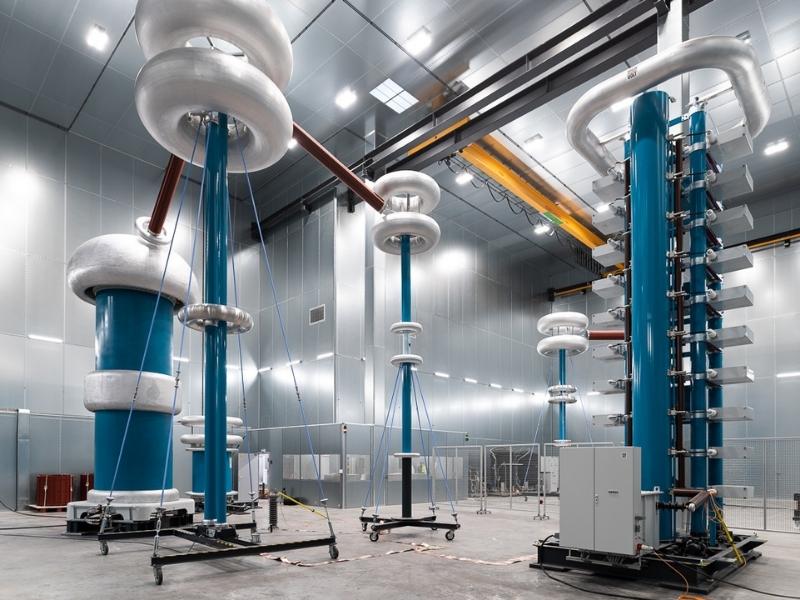
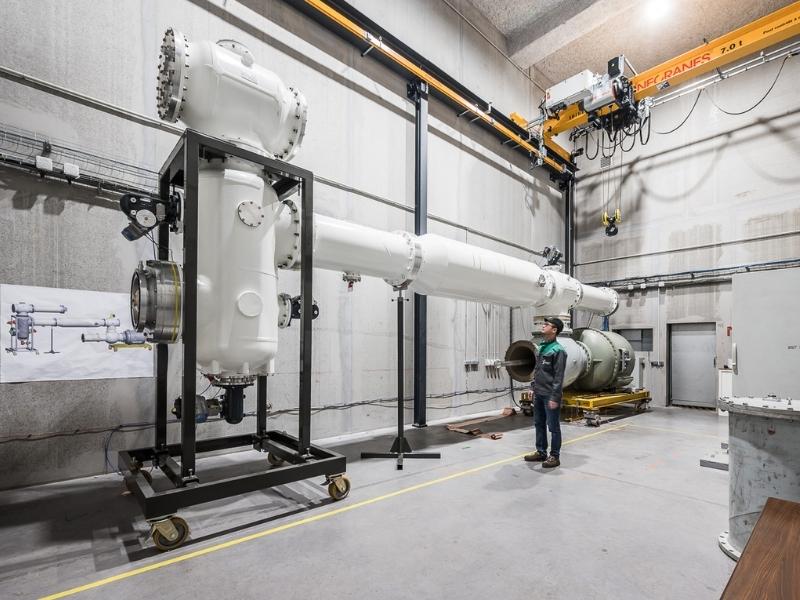
To validate performance, we rely on SuperGrid Institute’s dielectric and power test laboratories. The characterisation platform enables us to define insulating material properties.
Our research projects include:
Recent publications
Feasibility study and application of electric energy storage systems embedded in HVDC and STATCOM systems
The global acceleration of Energy Storage (ES) Systems integration, including batteries and supercapacitors, is transforming power systems. This brochure offers valuable insights into converter topologies, modeling, and the benefits and challenges of integrating ES in HVDC and STATCOM systems.
Present and Future of DC Circuit Breakers for HVDC Grids
The development of DC Circuit Breakers (dcCB) for high-voltage direct current (HVdc) transmission systems poses significant challenges. Discover the latest advancements aimed at achieving low loss, high power density, and affordability in mission-critical applications.
Assessment of two DC voltage droop options for small-signal stability in MMC-based multi-terminal DC grids
This paper addresses stability issues in multi-terminal HVDC grids with different control strategies for DC voltage regulation. Small-signal analysis compares the robustness of two control options, examining the impact of droop gain, control loop response time, and DC reactors. Findings are validated through EMT simulations.


